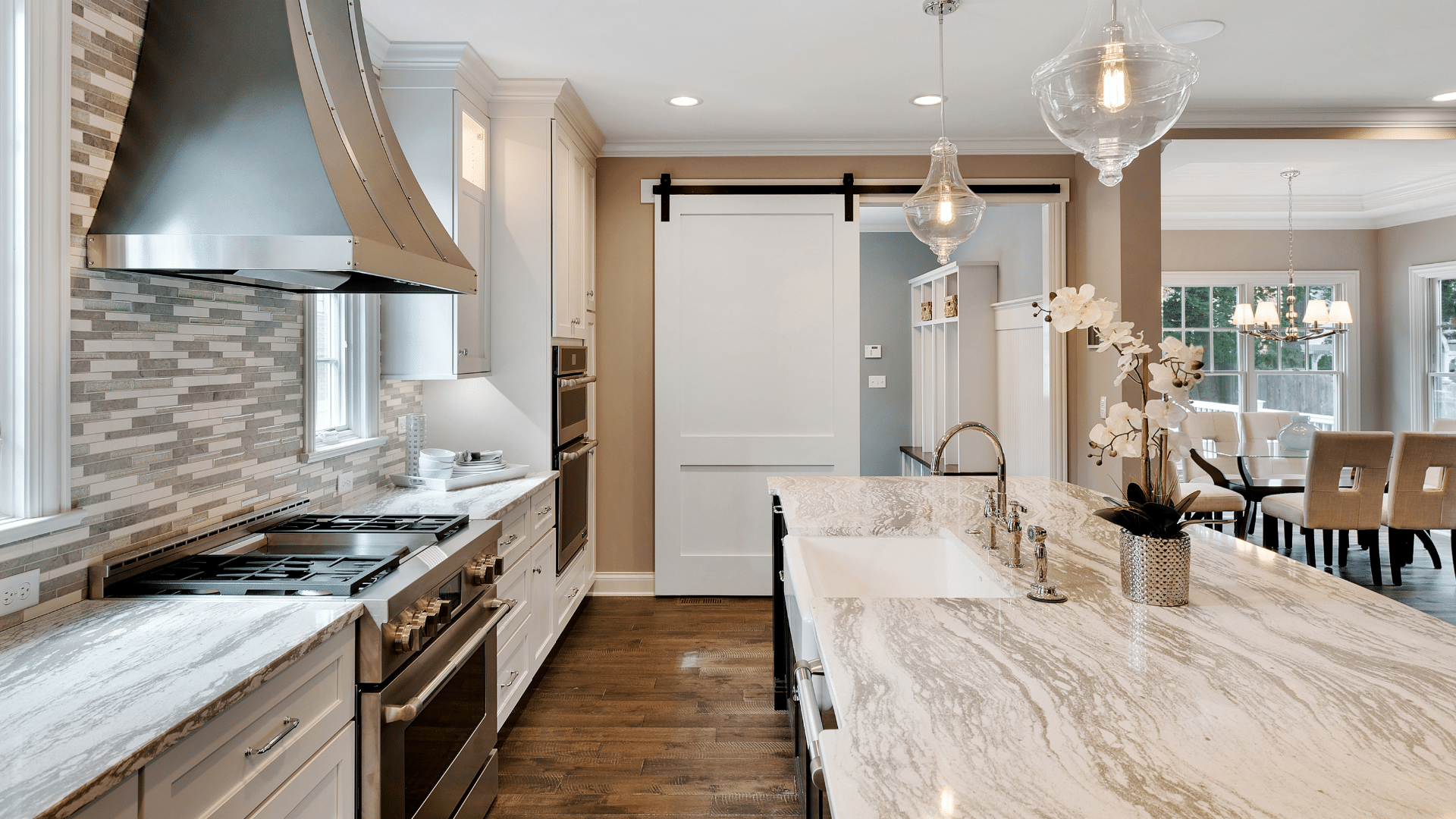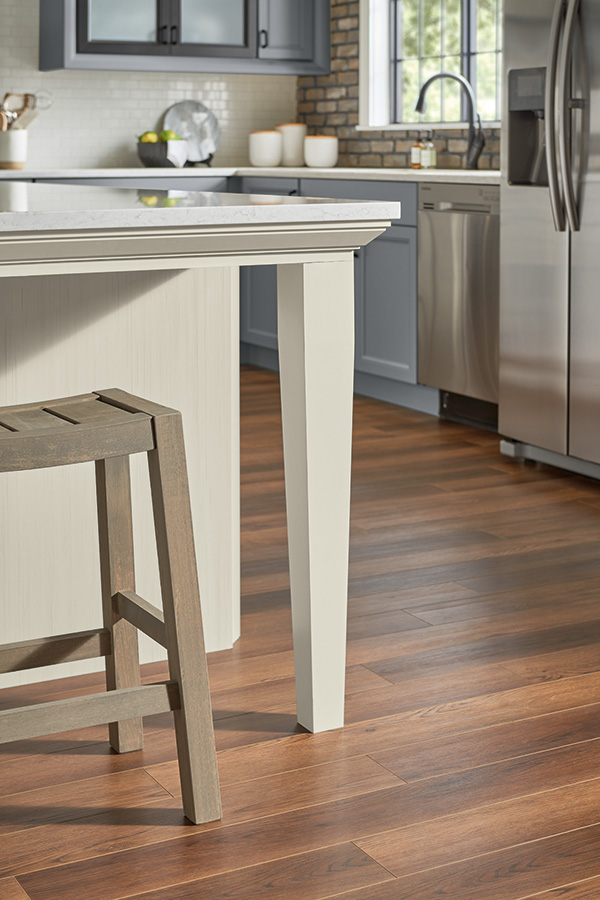Kitchen Island Legs: Enhance Your Kitchen with Solid Support
Kitchen Island Legs: Enhance Your Kitchen with Solid Support
Blog Article
Important Tips for Choosing the Perfect Eating Table for Your Kitchen Area
Choosing the best table for your cooking area is greater than just an issue of preference; it requires a comprehensive understanding of your area and needs. Begin by determining your readily available space to make certain adequate clearance for motion. The shape of the table plays an essential role; while rectangle-shaped tables fit larger areas, rounded ones foster affection, and extendable alternatives supply adaptability. Material selection is similarly vital, with woods providing toughness and glass financing a contemporary touch. Lastly, the table should integrate with your kitchen's visual appeals and accommodate your family members pleasantly. What other elements might influence this vital decision?
Action Your Room
Choosing the ideal dining table begins with a precise evaluation of your available area. This fundamental step ensures that the table not only fits conveniently within the space but additionally matches the general layout and capability of your eating location.
Take into consideration the flow of motion around the table. It is necessary to leave ample room for chairs to be drawn out and for individuals to relocate around the table without blockage. A general rule of thumb is to allow a minimum of 36 inches of clearance from the side of the table to the nearby wall surface or furniture. This makes certain simplicity of access and convenience throughout dishes.
Additionally, assume regarding the variety of individuals you generally amuse and whether you need extra room for guests. Going with an extendable table can supply flexibility, allowing you to accommodate varying numbers of diners. By precisely measuring your room, you prepared for choosing a table that boosts both the visual appeals and capability of your eating area.
Select the Right Shape

On the other hand, round tables are excellent for smaller sized cooking areas or intimate events, as they advertise conversation by permitting every person to encounter each other. They additionally give a feeling of coziness and can fit well in tighter areas due to their absence of sharp edges. Oblong tables use the best of both worlds, integrating the size of rectangular tables with the affection of round ones, making them versatile for different setups.
Square tables are one more option, specifically matched for square-shaped spaces. They produce a in proportion and modern appearance, cultivating an equivalent dining experience for all seated. They might be less useful for larger gatherings unless they come with extensions. Ultimately, the shape you choose ought to straighten with your space measurements and way of living to make sure both type and function.
Material Factors To Consider
When picking an eating table, material factors to consider are extremely important in establishing the table's toughness, upkeep requirements, and total visual. Timber is a traditional option, supplying ageless appeal and toughness. Hardwoods like walnut, mahogany, and oak are specifically durable, though they can be pricey. kitchen island legs. Softwoods, such Visit Website as yearn, are much more inexpensive however may be prone to scratches and dents.
Glass-topped tables supply a modern-day, streamlined look and can make a space appear bigger as a result of their openness. They call for constant cleaning to stop spots and finger prints. Furthermore, tempered glass is recommended for its additional toughness and security.

Lastly, composite products like MDF (Medium-Density Fiberboard) or plywood are budget-friendly choices. These materials can resemble the appearance of strong timber yet may not use the exact same durability. They are usually simpler to clean yet can be vulnerable to water damage if not properly sealed.
Ultimately, the option of product ought to straighten with your kitchen area's design, your way of life requires, and your budget plan restrictions. (kitchen island legs)
Seating Capability and Comfort
How do you identify the best seating capacity and convenience for your dining table? This important action involves examining both the physical area available in your cooking area and your house's practical requirements. Begin by measuring your kitchen location to ensure the table fits pleasantly, enabling at the very least 36 inches of clearance around it for simple motion. Consider the variety of people who usually eat with each other, as this will influence the table size. For a family of four, a rectangular table of 48 inches long or a round table with a 48-inch diameter is generally adequate.
The elevation of the table should ideally be around 30 inches, offering a well balanced ergonomic stance for seated restaurants. Chairs should have a seat elevation of 18 to 20 inches to guarantee a comfortable dining stance.
Style and Aesthetics
Choosing a dining table that suits your design and aesthetics includes stabilizing individual taste with the existing decor of your eating room. The eating table is typically the focal point of the kitchen area, and its design needs to enhance the total theme of the area. Whether your kitchen boasts a contemporary, minimalist look or a rustic, farmhouse appeal, the table you select need to balance with these aspects to produce a natural and inviting environment.
Take into consideration products meticulously; wood uses a classic appeal see this site and can vary from abundant mahogany for a conventional look to lighter oak for a modern feel. Steel and glass tables, on the other hand, can introduce a streamlined, commercial side to your cooking area. Don't overlook the table's shape-- rectangular tables are classic and flexible, while round and oblong choices can foster a much more intimate eating experience.
Furthermore, pay attention to details and finishes. A distressed surface may include character and heat, whereas a glossy surface area can add to a tidy, modern visual. Eventually, your eating table must not just in shape effortlessly into your kitchen's design however likewise mirror your personal style, elevating the area both functionally and visually.
Verdict
To conclude, picking the optimal dining table for a kitchen demands careful analysis of room, shape, product, seating capacity, and visual consistency. Ensuring a minimal clearance of 36 inches facilitates comfy movement, while the selection of form enhances spatial dynamics. Material selection influences longevity and layout, making it essential to straighten with the cooking area's overall visual. Ultimately, an appropriate eating table next fosters an inviting ambience and suits the household pleasantly, thus improving the dining experience.

When picking a dining table, product considerations are vital in figuring out the table's resilience, maintenance demands, and overall aesthetic. For a family members of four, a rectangular table of 48 inches long or a round table with a 48-inch size is usually adequate.
Do not overlook the table's form-- rectangular tables are timeless and functional, while round and oblong choices can cultivate a much more intimate eating experience. kitchen island legs.
Report this page